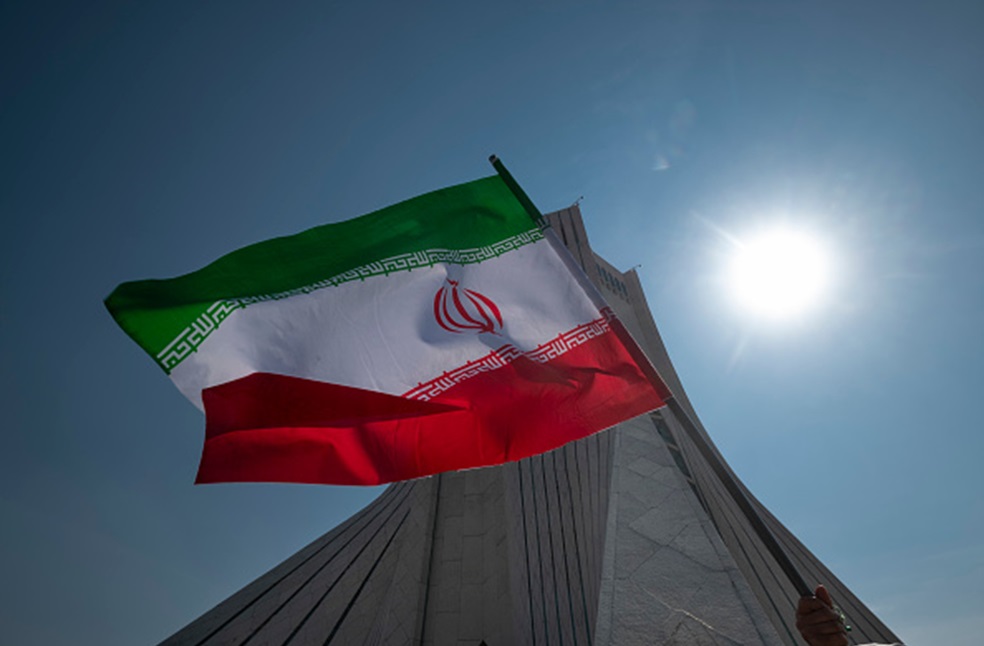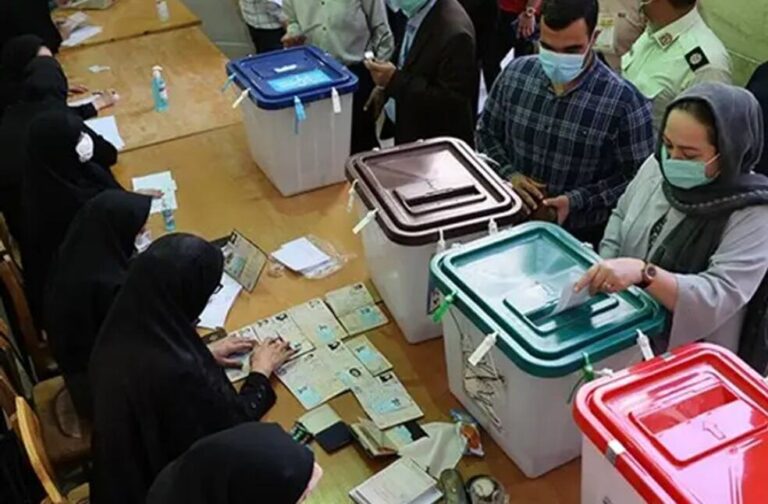Tehran: Iranians are voting in a run-off presidential election, amid widespread voter apathy and heightened regional tensions.
The earlier election on June 28 had a historic low turnout, with over 60 percent of voters abstaining from electing a successor to Ebrahim Raisi, who died in a helicopter crash. Critics interpret the low participation as a vote of no confidence in the Islamic Republic.
The election will be a tight contest between lawmaker Masoud Pezeshkian, the only moderate among the four candidates, and hardline former nuclear negotiator Saeed Jalili.

Polls opened at 8 a.m. local time (0430 GMT) and close at 6 p.m. (1430 GMT). The final result is expected on July 6th, though preliminary figures may be disclosed earlier.
While the election may have little impact on Iran’s policies, the president will play a crucial role in selecting the successor to Ayatollah Ali Khamenei, Iran’s 85-year-old supreme leader, who holds ultimate authority over state matters.
Over the past four years, Voter turnout in Iran has sharply declined. This has been attributed to growing public discontent over economic hardship and restrictions on political and social freedoms. Only 48 percent of voters participated in the 2021 election that brought Raisi to power, and the turnout was 41 percent in a parliamentary election in March.

The election coincides with escalating regional tensions, including the conflict between Israel and Iranian allies Hamas in Gaza and Hezbollah in Lebanon, and increased Western pressure on Iran over its advancing nuclear programme. The next president is unlikely to enact major policy changes regarding Iran’s nuclear programme or support for militia groups in the Middle East but will manage day-to-day government operations and influence the tone of Iran’s foreign and domestic policy.
The hashtag #ElectionCircus on social media platform X has gained public attention, with some activists calling for an election boycott, arguing that high turnout would legitimize the Islamic Republic.



